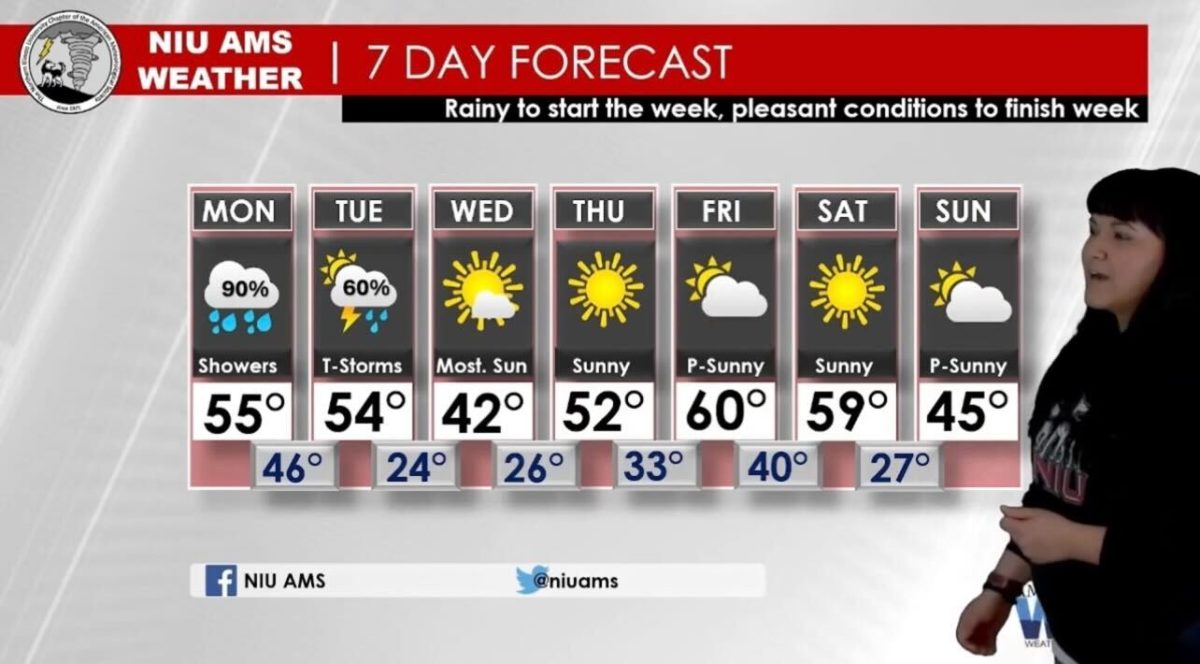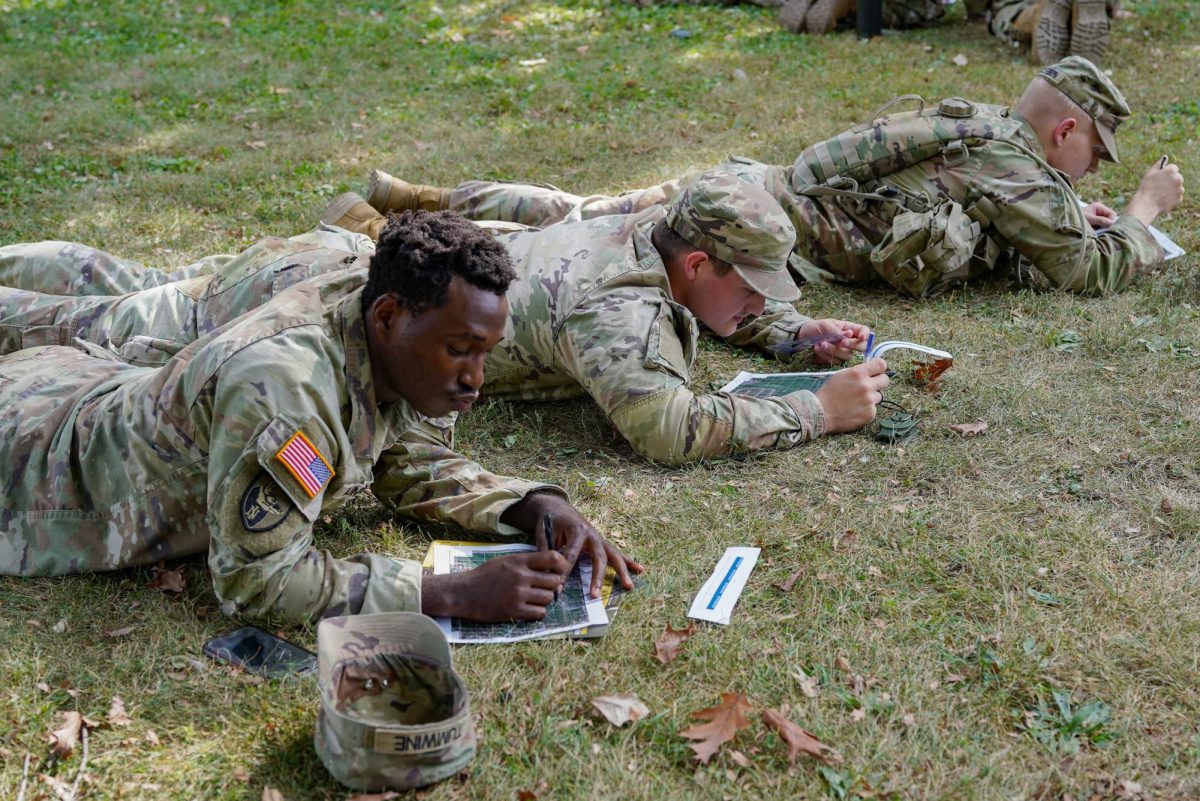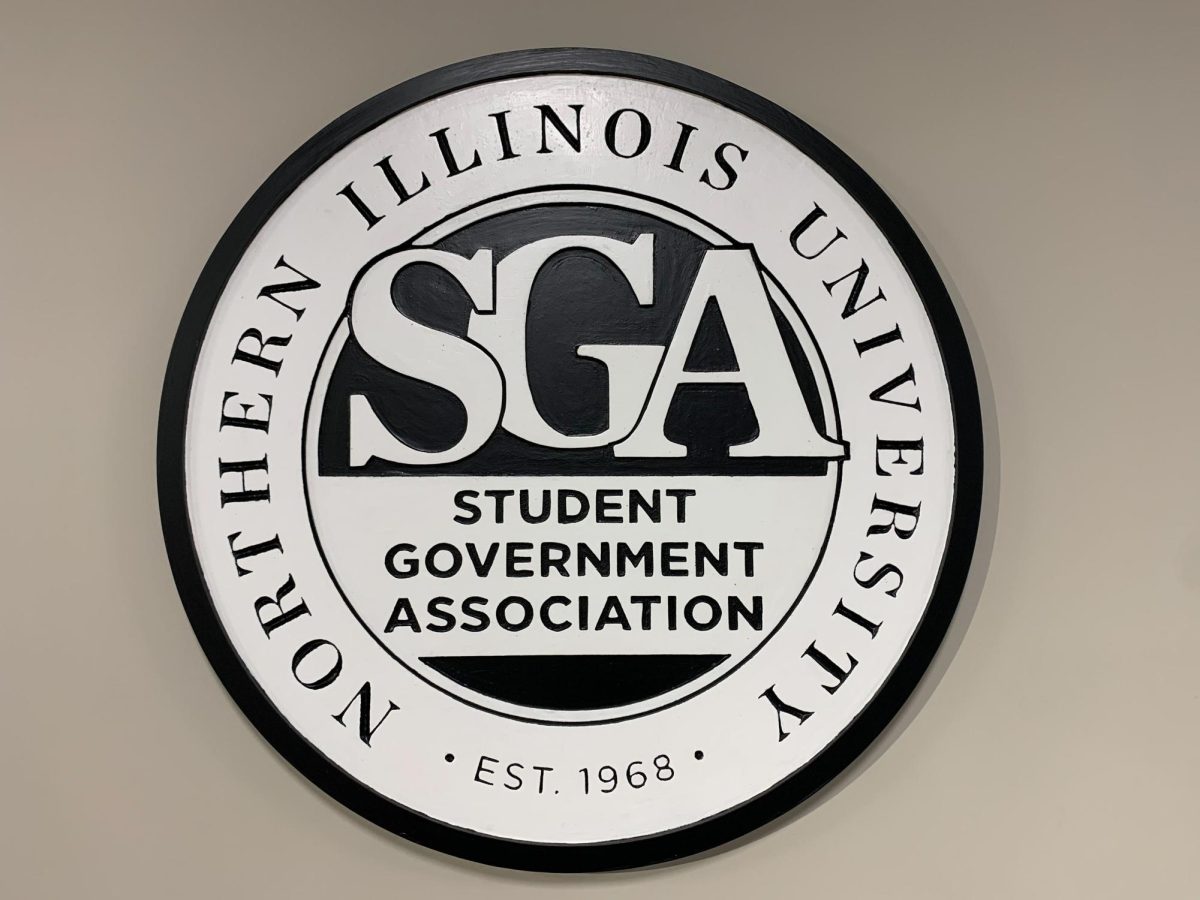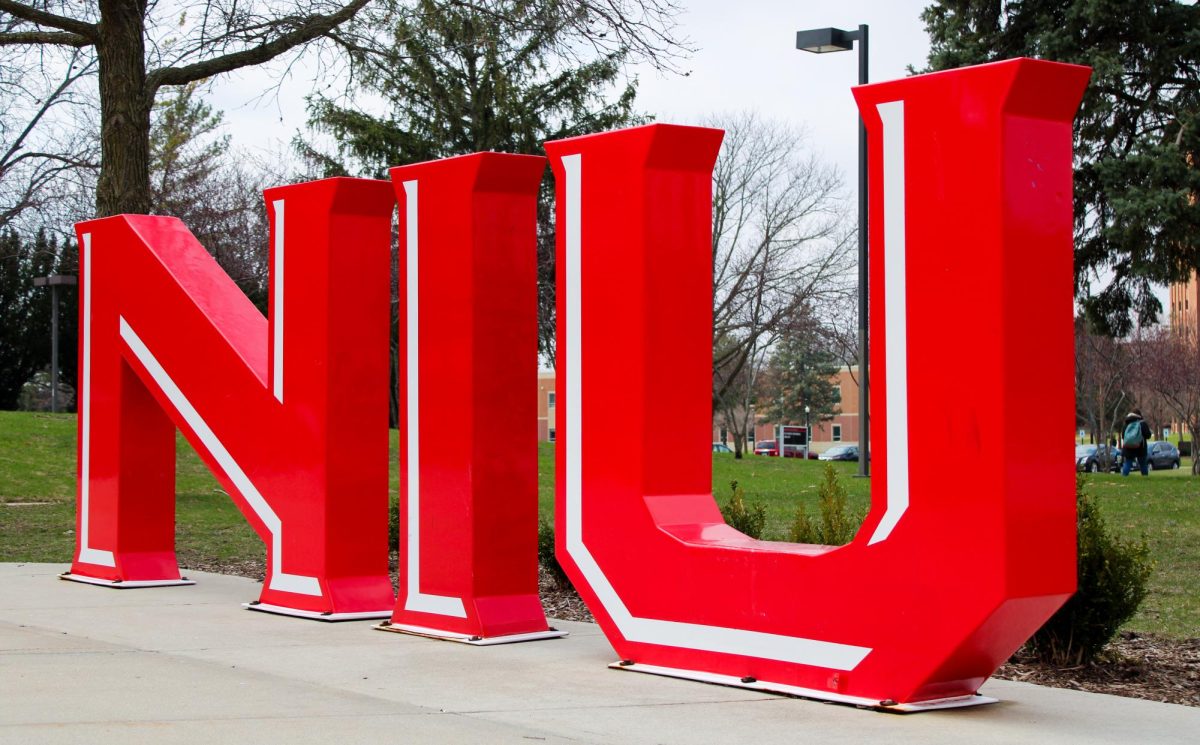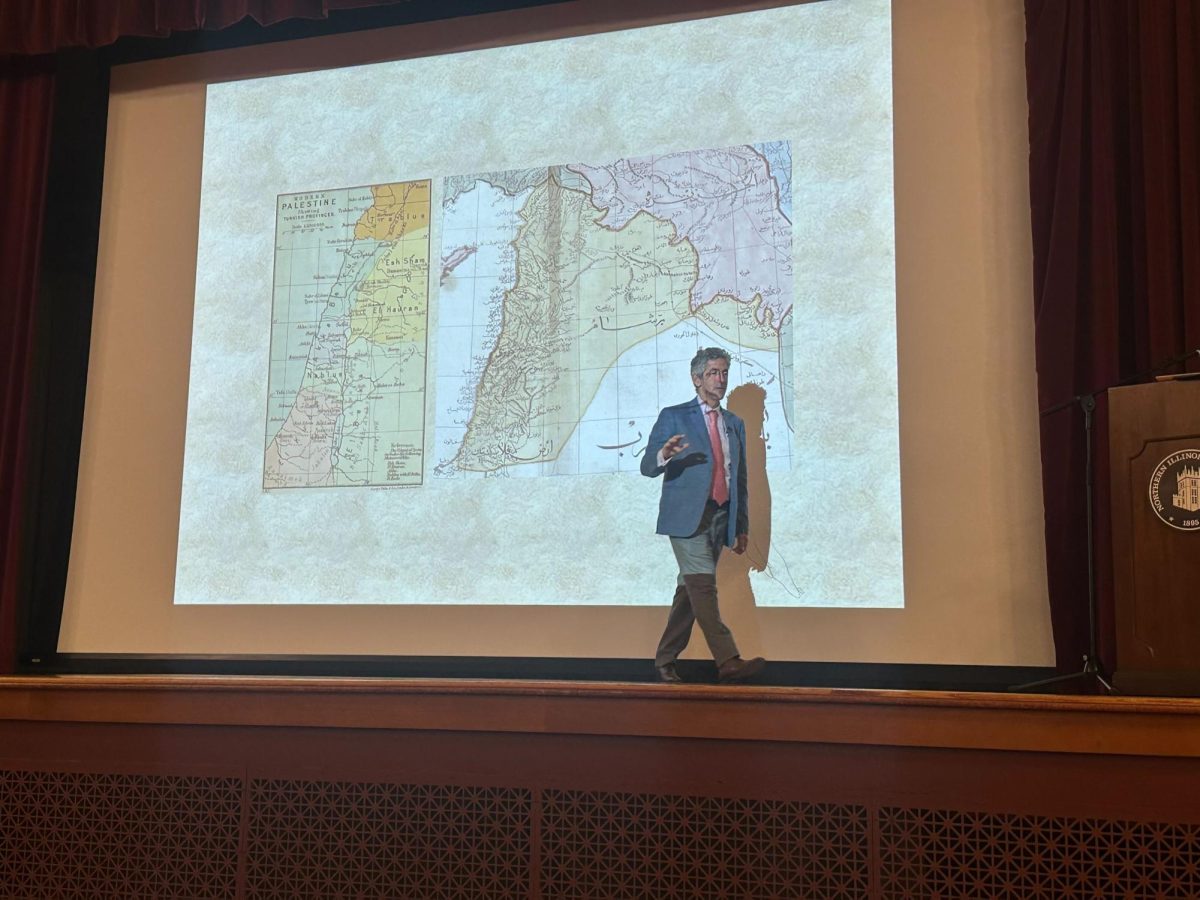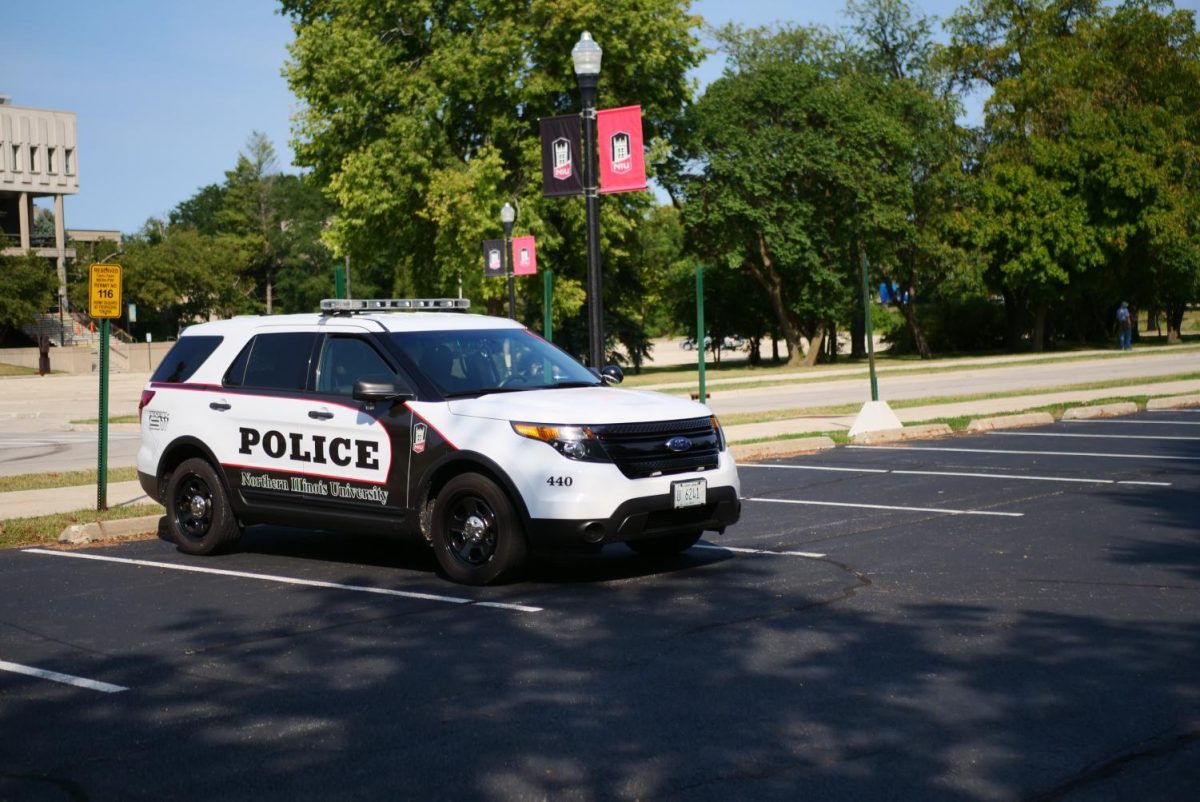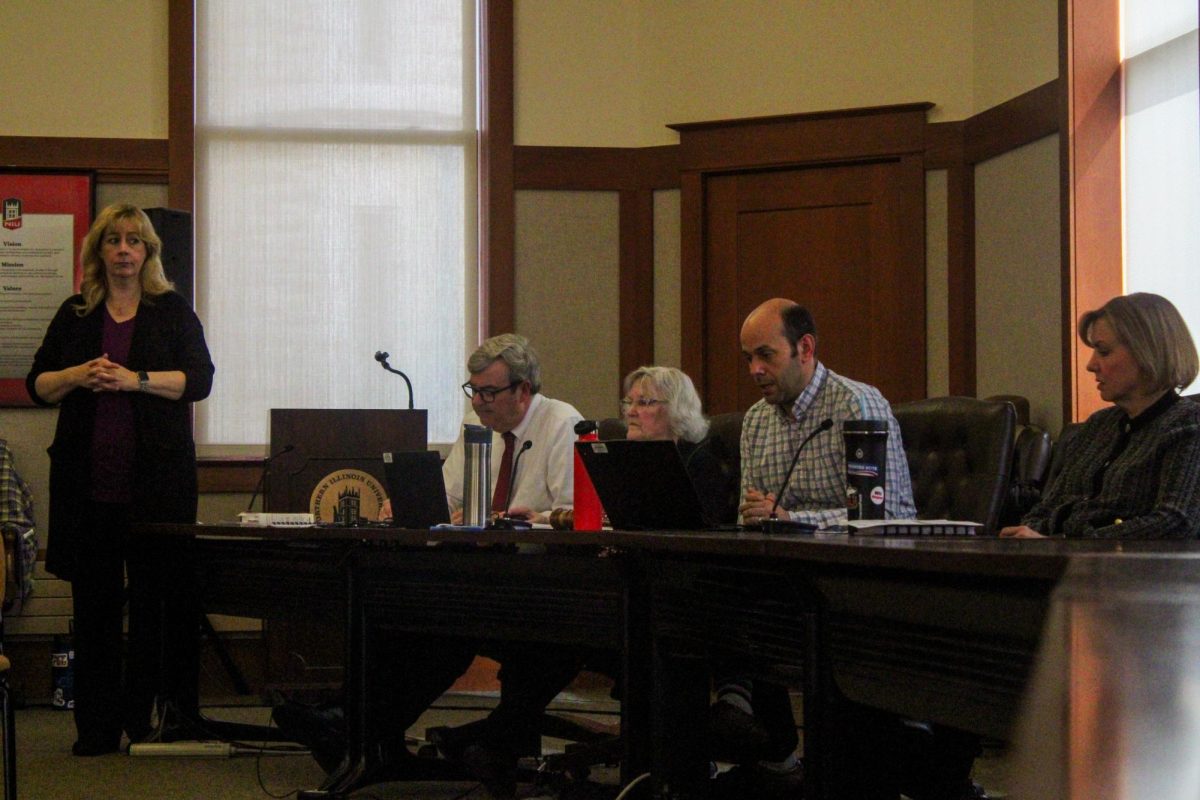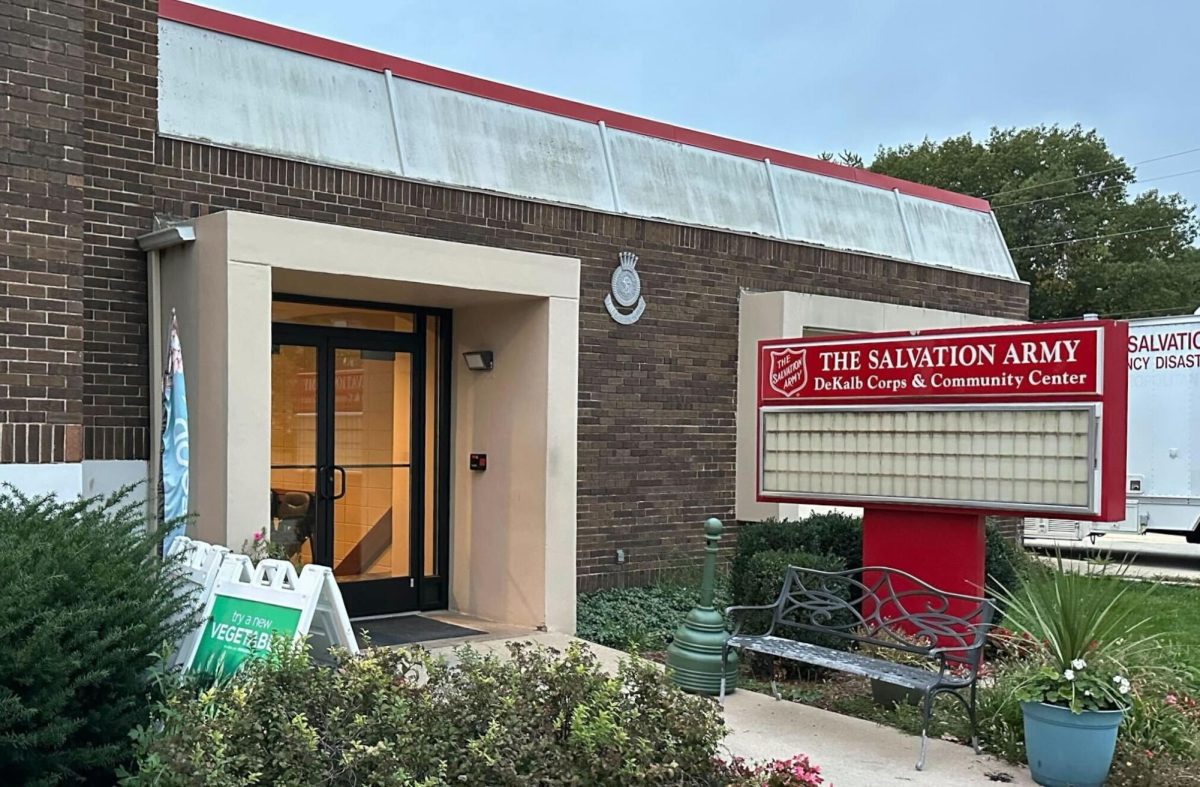DeKALB – The Northern Star has begun a partnership with NIU’s chapter of the American Meteorological Society to produce weekly forecasts each Monday.
Founded in 1971, AMS is a student organization recognized by the Department of Earth, Atmosphere and Environment.
“Our objective is to provide professional opportunities for primarily undergrads but also undergrads and grad students here at NIU,” said Kelvin Hawthorne, president of NIU’s AMS chapter.
Hawthorne, a junior meteorology major, enjoys the weather’s unpredictability.
“Every day is different,” Hawthorne said. “When you walk in and you’re going to do a forecast discussion or talk about the weather in any capacity, it’s always something different. It’s constantly changing.”
Hawthorne encourages students to watch the AMS weekly forecasts to stay informed on the weather around them.
“It’s affecting everybody, everywhere, everytime,” Hawthorne said. “From the time you wake up in the morning deciding what to wear, to the time you go to bed and everything in between, you are affected by the weather. Is it going to snow? Is it going to rain? Will there be severe weather I need to worry about?”
Hawthorne believes students need to be aware of the weather so they can prepare for it, especially when entering spring.
“We come from a place of, hopefully, trying to keep people informed and safe when it comes to the weather,” Hawthorne said. “We’re looking at things firsthand as they’re available, and we’re trying to communicate that in a way that can help people prepare for what’s coming.”
Allison Mills, a junior meteorology major and AMS public relations chair, was afraid of storms as a child but decided to view her fear as an opportunity to learn.
“I had turned a fear into a curiosity,” Mills said. “It was around the time in ‘96 when the movie ‘Twister’ came out. I was like, ‘I like this movie, so what are tornadoes about?’ It was more about learning about, ‘What is this thing that is so vast and so big?’ And more than just fear.”
When putting a forecast together AMS looks at the big picture and various statistics, according to Mills.
“We try to get the big picture,” Mills said. “What dates are we looking at and what weather patterns do we see coming up? We’ll go look at those forecast models. So that’s those kinds of things you saw on that first video, the GFS (Global Forecast System) or the NAM (North American Mesoscale) or anything like that. Those are products meteorologists use to look at what storms might be coming.”
After looking at different models, they will see where different forecasts might be in “agreement.”
“Say one model shows something and another model shows something else, then we kind of say, ‘OK, if they’re in agreement then we’ve got a pretty high confidence that something’s going to happen,’” Mills said.
Mills encourages NIU students, faculty and staff to watch their forecasts in order to stay informed on the weather on campus. Hawthorne looks forward to feedback and suggestions from the NIU community.
“We welcome any feedback if anybody has things they want to hear or know about, or questions about the weather and how the weather works. Those are the things we want to put into our forecasts to help inform and prepare people about the weather,” Hawthorne said. “At our core, preparedness and communication and informing people is what we aim to do.”
Check out the latest forecast:


